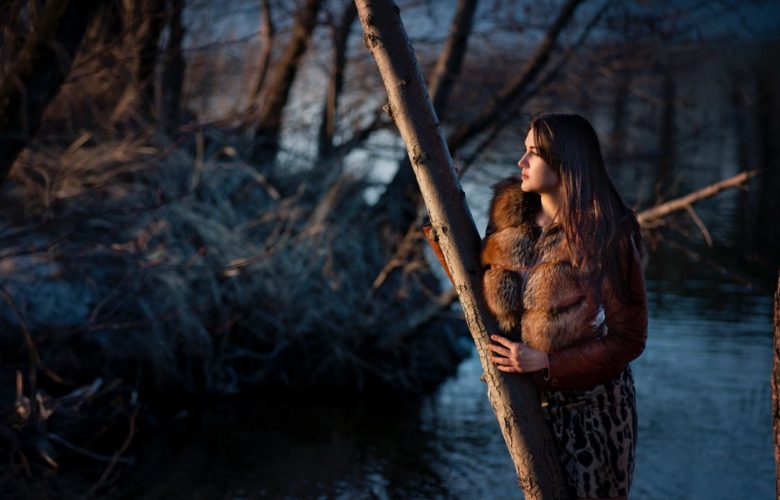All precious things in life need special care. And this applies to your fur coats as well. It’s not enough to purchase an exquisite fur coat; you should also know how to care for it properly through all seasons.
Of course, you might not be able to hold up the damages done over time. A lot of people might lure you to repair the damages at home. However, it’s highly recommended that you leave the complex task of fur coat restoration only to a professional furrier. This article gives you a quick overview of fur coat restoration and care.
Common Damages In Real Fur Coats
First things first! What are the common damages your precious fur is susceptible to? Given below is a list of them:
- Rips and tears
No matter how careful you are with your fur coat, such fragile treasures are extremely sensitive to rips and tears, especially at the lining. The pelts, too, are very delicate and can give way to tearing easily. Only a furrier can mend these damages, not the regular tailors.
- Bald patches
Bald patches on the fur are either the result of bug infestation or repeated rubbing from bag straps or seat belts. You can take preventive measures and learn how to protect the fur against bugs. However, if the damage has already been done, a furrier may fix it by placing a replacement patch on the bald spot.
- Loose pelts
Fur coats are made by assembling and stitching a number of pelts together. With time, these stitches might loosen, turning the assembled pelts sloppy. The assistance from a professional furrier can darn up the loose pelts, making your fur look as new as ever.
- Damaged fur closures
It’s pretty common for the zippers, buttons or the hooks of fur coats to sustain damages and fall outs. A furrier can fix such issues pretty quickly.
Are A Few Tips On Caring For Your Fur
But why talk only about damages when you can avoid some of these damages with a little extra caution and care? Here are a few tips on caring for your fur.
- Storage
The best option for storing your fur during off-seasons is a professional fur cold storage. Yet, if you insist on storing it at home, make sure that the closet is spacious enough to store the fur properly. Also, the wardrobe must receive a generous amount of air, but not the heat. Take precautions not to stow your fur coat in a garment bag or plastic, for it would block the circulation of air. Likewise, do not use mothballs while storing the fur in closets.
- Weather protection
If you had been out in the rain or snow, gently shake the coat and let it air dry on a hanger away from direct heat and light once you are home.
- Packing fur for travel
While you are traveling, make sure you turn the coat inside out to expose the lining and then roll it. If you must use a plastic bag at all, use it only on short trips. Once back from the trip, shake the coat gently, and air dry it to restore its fluffiness.
- Miscellaneous
Do not attach pins to your fur coat and avoid carrying heavy shoulder bags while you wear a fur. Take extra care when you sit so that the coat bears no tears. And most importantly, do not use any glue to repair a fur coat.

